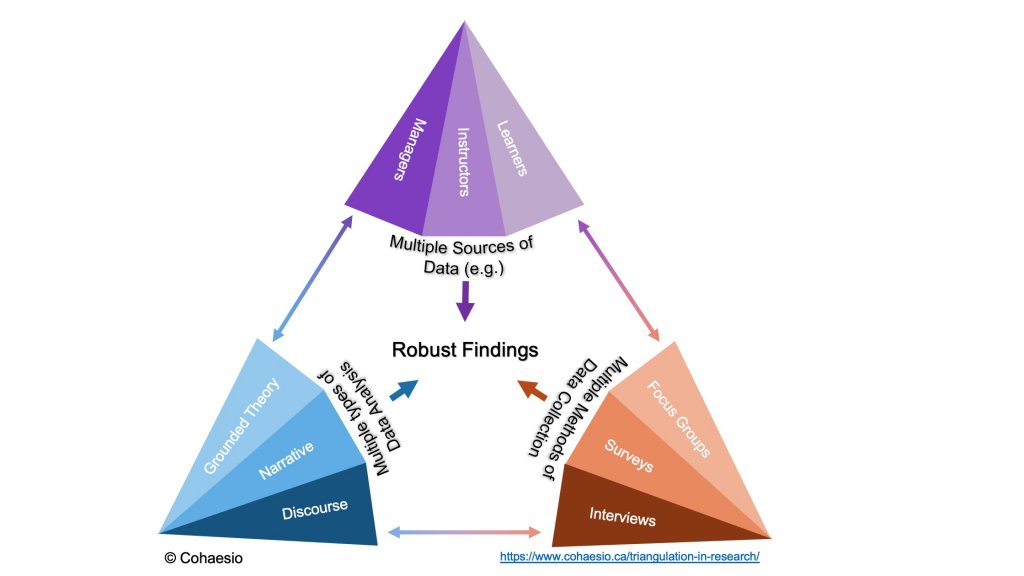Weight Loss And Diet Management Market Size & CAGR
The Weight Loss And Diet Management market size was valued at USD 200 billion in 2023 and is projected to reach USD 350 billion by 2030, growing at a CAGR of 7.5% during the forecast period. The market is driven by the increasing prevalence of obesity, rising health consciousness among consumers, and the growing adoption of weight management programs.
COVID-19 Impact on the Weight Loss And Diet Management Market
The COVID-19 pandemic had a significant impact on the Weight Loss And Diet Management market. With lockdowns and restrictions in place, gyms and fitness centers were closed, leading to a shift towards home-based workouts and online diet programs. The market saw a surge in demand for virtual fitness classes, nutrition apps, and meal delivery services. While the pandemic initially posed challenges, it also accelerated the adoption of digital solutions in the weight loss and diet management sector.
Weight Loss And Diet Management Market Dynamics
The dynamics of the Weight Loss And Diet Management market are influenced by various factors such as changing consumer preferences, technological advancements, regulatory policies, and innovations in weight loss procedures. Market players are focusing on developing personalized diet plans, incorporating digital tools for tracking progress, and introducing novel weight loss products to cater to the evolving needs of consumers.
Segments and Related Analysis of the Weight Loss And Diet Management market
Weight Loss And Diet Management market analysis report by Region
The Weight Loss And Diet Management market can be segmented by region into Asia Pacific, South America, North America, Europe, and Middle East & Africa. Each region has its own market dynamics, consumer preferences, and regulatory landscape that influence the growth of the Weight Loss And Diet Management market.
Asia Pacific Weight Loss And Diet Management market report
The Asia Pacific region is witnessing a surge in the demand for weight loss and diet management solutions due to the increasing prevalence of obesity and lifestyle-related diseases. Countries like China, Japan, and India are driving market growth with a focus on healthy eating habits, fitness programs, and weight loss therapies.
South America Weight Loss And Diet Management market report
South America is experiencing a growing interest in weight loss and diet management solutions, driven by the rising awareness of health and wellness. Brazil, Argentina, and Colombia are key markets where consumers are inclined towards adopting sustainable weight loss practices and nutritional diets to combat obesity.
North America Weight Loss And Diet Management market report
North America dominates the Weight Loss And Diet Management market, with the United States leading in terms of market size and innovation. The region is characterized by a high prevalence of obesity, leading to a robust demand for weight loss programs, dietary supplements, and fitness equipment.
Europe Weight Loss And Diet Management market report
Europe is a mature market for Weight Loss And Diet Management, with countries like the United Kingdom, Germany, and France driving growth. The region focuses on holistic approaches to weight management, including lifestyle changes, dietary modifications, and fitness regimes.
Middle East and Africa Weight Loss And Diet Management market report
The Middle East and Africa region are witnessing a growing awareness of the importance of weight management and healthy eating habits. Countries like Saudi Arabia, UAE, and South Africa are investing in wellness programs, fitness centers, and dietary supplements to address the rising obesity rates.
Weight Loss And Diet Management market analysis report by Technology
The Weight Loss And Diet Management market is segmented by technology into wearable devices, mobile apps, online platforms, meal delivery services, and fitness equipment. These technologies play a significant role in monitoring weight loss progress, providing personalized diet plans, and offering virtual fitness classes to consumers.
Weight Loss And Diet Management market analysis report by product
The Weight Loss And Diet Management market offers a wide range of products such as dietary supplements, meal replacements, weight loss shakes, protein bars, and herbal teas. These products aid in weight management by providing essential nutrients, curbing hunger, and promoting fat loss in a safe and effective manner.
Weight Loss And Diet Management market analysis report by Application
The Weight Loss And Diet Management market applications include weight loss clinics, fitness centers, online coaching programs, nutritional counseling, and medical weight loss procedures. These applications cater to individuals seeking professional guidance, support, and treatment for achieving their weight loss goals.
Weight Loss And Diet Management market analysis report by End-User
The Weight Loss And Diet Management market end-users consist of consumers, healthcare professionals, nutritionists, personal trainers, and corporates. These end-users play a crucial role in adopting weight management solutions, promoting healthy lifestyles, and encouraging wellness practices in the community.
Key Growth Drivers and Key Market Players of Weight Loss And Diet Management market and competitive landscape
Key market players in the Weight Loss And Diet Management market include:
- Weight Watchers
- Nutrafol
- Noom
- MyFitnessPal
- Atkins
These companies offer a range of weight loss and diet management products, services, and solutions to cater to the diverse needs of consumers. They focus on innovation, research, and customer engagement to drive market growth and maintain a competitive edge in the industry.
Weight Loss And Diet Management market trends and future forecast
The Weight Loss And Diet Management market is witnessing several trends such as personalized nutrition plans, virtual fitness programs, telehealth consultations, plant-based diets, and sustainable weight loss solutions. These trends are shaping the future of the market, offering new opportunities for growth, collaboration, and innovation.
Recent happenings in the Weight Loss And Diet Management Market
Recent developments in the Weight Loss And Diet Management market include:
- Weight Watchers introduced a new digital weight loss program focusing on mental health and emotional well-being.
- Nutrafol launched a line of hair growth supplements designed to support weight loss and overall health.
- Noom partnered with fitness tracker brands to integrate activity data into its weight loss app for personalized coaching.
- MyFitnessPal introduced a feature that allows users to track their macros and monitor nutrient intake for better weight management.
- Atkins revamped its product line with low-carb, high-protein snacks and meal replacements for consumers following a ketogenic diet.



